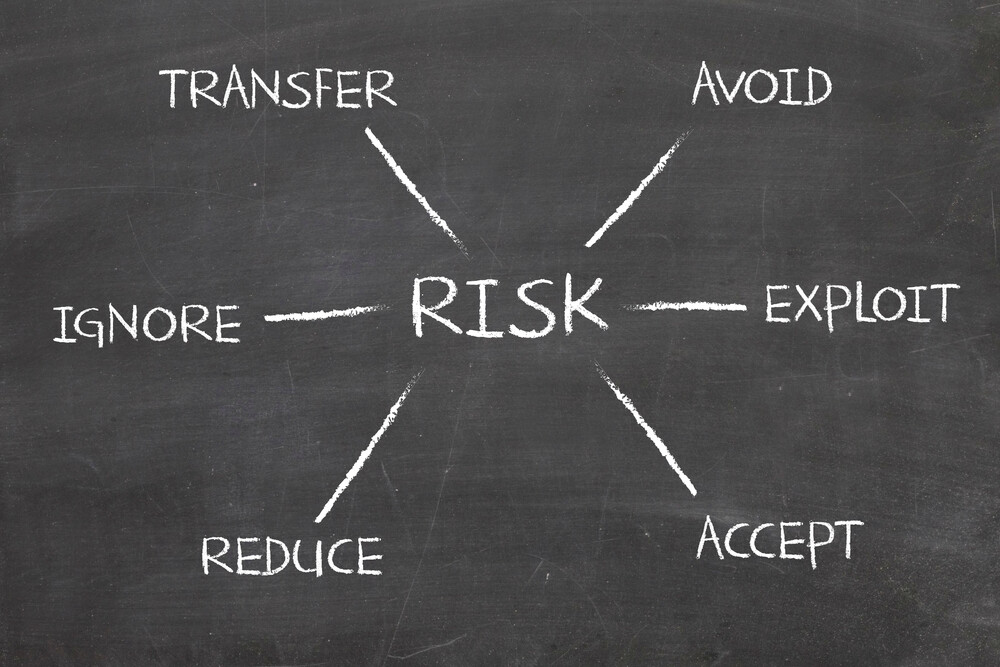In the ever-changing market for cybersecurity today, organizations rely on numerous software solutions and applications which are either developed in-house or from other IT service providers to remain on the top of the curve. While these options help improve the efficiency of the system as well as experiences for both employees and customers, it is also prone to vulnerabilities that can pose cyberattack risks to the company. Cybercriminals will do anything they can to exploit every vulnerability available to disrupt the company.
Vulnerability management is an enterprising approach to threats to improve the overall level of the organization’s cybersecurity in various forms such as identifying, managing, and mitigating. The vulnerability management process’ purpose aims to detect vulnerabilities that might have been left out due to unnoticed patches or misconfigurations before malicious hackers can discover and exploit them. Effective vulnerability management takes advantage of threat intelligence and the knowledge of the IT team to rank risks and address security vulnerabilities swiftly.

Stages of the Vulnerability Management Process
1. Identifying Vulnerabilities
Every vulnerability management policy’s core process is to identify the vulnerabilities existing in a system through regular network scanning, penetration testing, or even with the help of vulnerability scanners that can assess the network systems for possible weaknesses and chances of exploitations. For the vulnerability scans to be consistently accurate, they must be properly configured and stay up-to-date.
Most of the time, vulnerability scans are done after office hours as scans can potentially disrupt the systems and networks while they scan. Thus, to keep the affected users to a minimum, downtime after office hours is usually scheduled way ahead of time to let the users be aware, and plan accordingly. An effective vulnerability management tool can perform both authenticated (credential required) and unauthenticated (credentials not required) vulnerability scans to help locate multiple vulnerabilities. It can also help to discover issues with open ports, operating system versions, and more. Although vulnerability scanners are highly efficacious tools to help gather system vulnerability data, endpoint agents are effective as well in constantly gathering data from systems without performing any network scans.
2. Evaluating Vulnerabilities
Once the vulnerabilities have been identified, the evaluation phase comes next. Prioritizing weaknesses is crucial as scans can help discover a huge number of possible weak points. However, some would pose a much greater risk than others. Hence, they will need to be evaluated in line with the business risk management that the company has.
Threats are scored based on the risk level it poses to the company if they are being exploited, with the Common Vulnerability Scoring System (CVSS) being one of the most referenced. With the system, it will help the engineers prioritize the vulnerability accordingly, and solve the ones that are most critical to the IT security of the company.
3. Treating and Responses to Vulnerabilities
Since there are constantly new threats appearing, you will not be able to root out every single one.
It takes up resources in terms of time, manpower, and cost to fix a vulnerability. Hence, it is not possible to resolve every single one in the company’s environment, but this may be the best-case scenario as the cost of fixing the vulnerability may be much greater than the potential cost incurred by the organization if it was to be exploited. Hence, the analysis and prioritization of the threat are crucial for the company.
There are various actions when it comes to responding to vulnerabilities.
Remediation
It is the process of fixing the threats to make sure that the hackers will not be able to exploit these weaknesses. The main purpose of this would be to eliminate the threat.
Mitigation
If remediation of a threat is not possible, mitigation would be the next course of action. It is done in the case where the company is unable to resolve the issue immediately, and can only address it at a later date. This action would help reduce the chance of a weakness being exploited. Stricter measures can be put in place temporarily such as increasing the authentication requirement until the vulnerability can be fully resolved.
Acceptance
Some threats that are discovered pose too low a risk for the company or cost more to mitigate than the cost incurred when the vulnerability is being exploited. Resources may be better used in places where there are more critical threats. However, that being said, in an ideal situation, this should be kept to a minimum to keep risks as low as possible.
After each process of resolving the vulnerabilities, it is crucial to run an additional scan to make sure that the actions were effective and have removed the more critical threats.
4. Reporting Vulnerabilities
After removing the vulnerabilities, it will be time for the team to put everything down into a report. The purpose of such a report would be to provide the team with an overview of the effort required to mitigate each threat as well as the steps to mitigate them again if it resurfaces.
Having such a report will also help with accountability to ensure that steps have been taken against any threats, and that it has been addressed accordingly.
To find out more about vulnerability management for your organization, contact Netrust Sales Team today at sales@netrust.net.
Follow us on LinkedIn for the latest happenings/updates.
